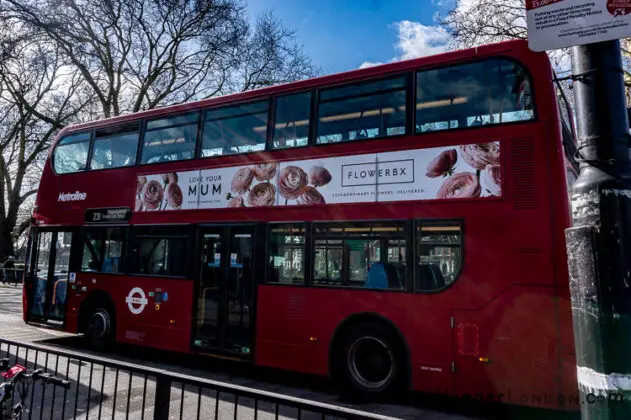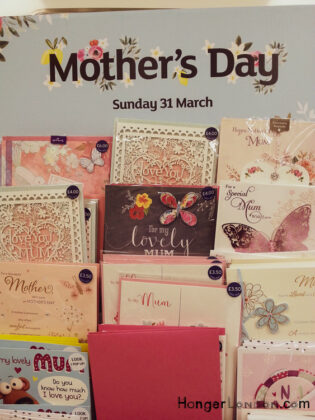
Mother’s Day is a day celebrated in various parts of the world to honour mothers for their contributions to their families and society. The holiday is usually celebrated with gifts, cards, and family gatherings. However, the origins of Mother’s Day are surprising and not widely known.
The idea of a day to honor mothers dates back to ancient times. The Greeks and Romans celebrated a mother goddess, and the early Christian Church celebrated Mothering Sunday in honour of the Virgin Mary. In the United Kingdom, this tradition took place on the fourth Sunday of Lent.
The Ancient Greeks worshipped the mother of gods Rhea by putting out displays of offerings of flowers, sweet drinks, and honey cake. Magna Mater was the Mother of all goods, In Rome, there is a temple in her honour. In March Festival of Hilaria.
Anna Jarvis and the Birth of Modern Mother’s Day: A Fascinating Story
The modern-day celebration of Mother’s Day can be traced back to the United States in the early 20th century, traced back to the efforts of Anna Jarvis (1864-1948), an American social activist, and her mother.
In the 1850s in West Virginia, she wanted to do something about the high mortality rate of children due to sanitation and health and lack of care services sanitation, etc. The groups united during the war to save the lives of soldiers from both sides and set aside differences well after the war ended too. She gave a speech in 1868 urging to obliterate family estrangement, wearing a floral badge. Getting closer to their mothers. When she was dying it was her wish to have a Mother’s Day. Which her daughter pursued.
Ann Reeves Jarvis was a peace activist who cared for wounded soldiers during the American Civil War. After the war, she organised “Mother’s Friendship Day” picnics to bring together mothers from both sides of the conflict.
Ann Reeves Jarvis also organized clubs for mothers to improve health and hygiene in their communities. She believed that by working together, mothers could make a positive impact on society. She died in 1905, and her daughter Anna Jarvis began campaigning for a day to honor all mothers.
Anna Jarvis lobbied for a national Mother’s Day holiday, and in 1914, President Woodrow Wilson signed a proclamation designating the second Sunday in May as Mother’s Day. However, Jarvis was not satisfied with the commercialization of the holiday. She believed that Mother’s Day should be a day to honor mothers, not to sell flowers and greeting cards. She spent the rest of her life campaigning against the commercialisation of Mother’s Day.
Many think the Americans influenced us to keep the trend going in modern times. The Author of Battle Hymn to the Republic Julia Ward Howe (1819-1910 ) was an American suffragist, a pacifist, and a writer. In 1870 her publication “Appeal to Womanhood throughout the World”. She made reference to Mother’s Day in 1872. She wanted a peaceful day on mothers Day because of the wars that had previously gone on, she believed mothers suffered a loss of life, due to husbands and sons being killed in battles. The day never really happened but she led the Women’s International Peace Association that did set out a peace day. “The Battle Hymn of the Republic”, published in 1862, was one of Churchill’s favourite hymns and was played at his fun.
in 1904 Professor Frank E Hering in Indianapolis USA, gave a speech at the English Opera House there, presenting a plaque with the inscription “Other Mothers and their Importance in Our Lives” to commemorate the nationwide observance of Mother’s Day. Frank Hering was one of the Founders of the “Fraternity Order of the Eagles”, which was a group of theatre owners who had a connection with the arts. Their aim was to promote, liberty, peace, justice, equality, and Truth. The plaque makes reference to the significance of promoting Mother’s Day aims.
In 1908 Grafton WV church was asked to celebrate mothers Day and they campaigned by writing to other ministers in other states by 1911 most states joined in.
Mother’s Day national holiday in the shadow of WWI
In 1914 President Woodrow Wilson officially made Mother’s Day a national Holiday each year. 2nd Sunday in May. Paying tribute to mothers is a great source of strength and inspiration. Anna formed the Mothers Day International Association and 50 or so other countries joined in. Wearing a colour carnation if your mother is living white if she has passed away.
Anna protested and tried to stop a parade saying it was a day of sentiment, not profit. Jarvis had the notion that people to wear a white carnation on that day, and visit their mothers. As the roaring twenties progressed she became disillusioned with how commercialised Mother’s Day became. Suddenly a whole array of cards, gifts, floristry, and confectionary companies all cashing in on the annual event. Jarvis wanted to distance herself from what mothers Day had become and had become active in taking out lawsuits against firms using the “Mothers Day” phrase and wanted the national day to be removed. She died towards the end of the 1940s.
An English Woman’s Input to the Mother’s Day Mission
In the 1920s other progressions started for the Mother’s Day message. An English woman was Inspired by a 1913 newspaper article about Jarvis, and her quest for more international recognition of Mother’s Day. That English woman C Penswick Smith (Constance Smith) 1878-1938, wrote a leaflet entitled “Revival of Mothering Sunday”. Daughter of an Anglican Clergyman and this is how it was related and bought back into religious significance. Smith set about researching the traditions around the church, and the mothering day of the 4th Sunday in Lent.
Other countries celebrate it in May and some in Dec on the day of the Immaculate Conception.
1968 a hundred years on from the Jarvis speech, another woman Coretta Scott King, wife of Martin Luther Junior, organised a march on this Mother’s Day to raise awareness about underprivileged women. Through time the connection between Mother’s Day and women and men who had humanitarian interests has been a springboard to keep the message going. Most of us when young have the introduction to this day by making cards right back from a time when our ability to write many words is limited.





